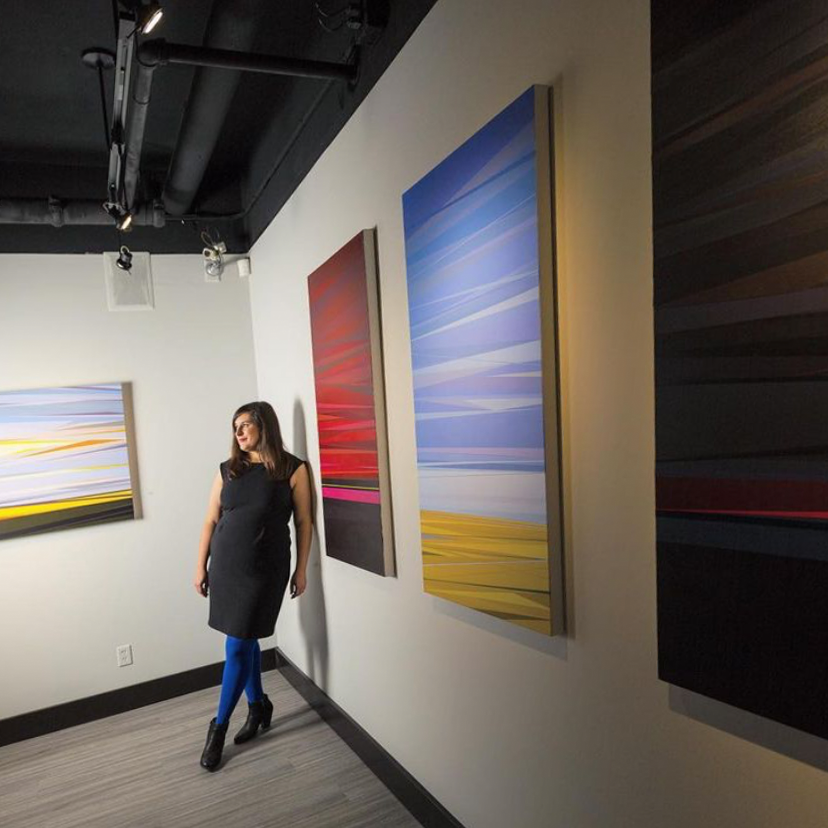Steve Wilde was born in London in 1961, where he currently lives. He has no formal art training unless you count a mid-life BTEC in graphic design, which is when he started photographing the walls that would eventually become the source of inspiration for his paintings twenty years later. How did you get into art?
How did you get into art?
I've always had an interest in art but didn’t study it at school. I ended up studying very little at all and concentrated on music instead. My O' levels coincided with punk happening. I did work in an arts bookshop in Chelsea for a while in the 80s, so was able to read up on a lot that I hadn't been taught.
How would you describe your style? What makes your art special?
I didn't think I had developed a style yet, but I have had several people tell me they can identify my paintings in a group show without reading the label so I guess I have. There are several phrases that I use to describe my paintings; Naive Abstraction, Haphazard Juxtaposition [I stole that one from Lawrence Carroll] or Dirty Minimalism. The fact that I am finally making any art at all makes it special to me. How do you go about developing your work?
How do you go about developing your work?
I rarely do any preliminary sketches. I am more likely to work from written notes. Either titles or themes that have occurred to me. Artists I admire are quite varied and include Patrick Heron, Gerhard Richter, Anselm Kiefer, David Hepher, Cy Twombly and Lawrence Carroll. Who or what influences you?
Who or what influences you?
I'm influenced by the textures of old walls, peeling paint, ghost signs, buffed out graffiti and rust as indicators of time and presence. I also have an interest in maps and how boundaries can overlap, for instance postcodes, boroughs and parishes, which I think is where the geometrical elements of my work have crept in.
 What are you planning to do next?I'm in the process of relocating to Cornwall. I currently work out of a 6th floor spare room and I need space to work larger, preferably outside and to make my work semi-sculptural, expanding on experiments I have already started on rusting metal and adding concrete and found objects into the mix. And if there is anything that speeds up the decaying process it is sea air.
What are you planning to do next?I'm in the process of relocating to Cornwall. I currently work out of a 6th floor spare room and I need space to work larger, preferably outside and to make my work semi-sculptural, expanding on experiments I have already started on rusting metal and adding concrete and found objects into the mix. And if there is anything that speeds up the decaying process it is sea air. Instagram
Instagram




